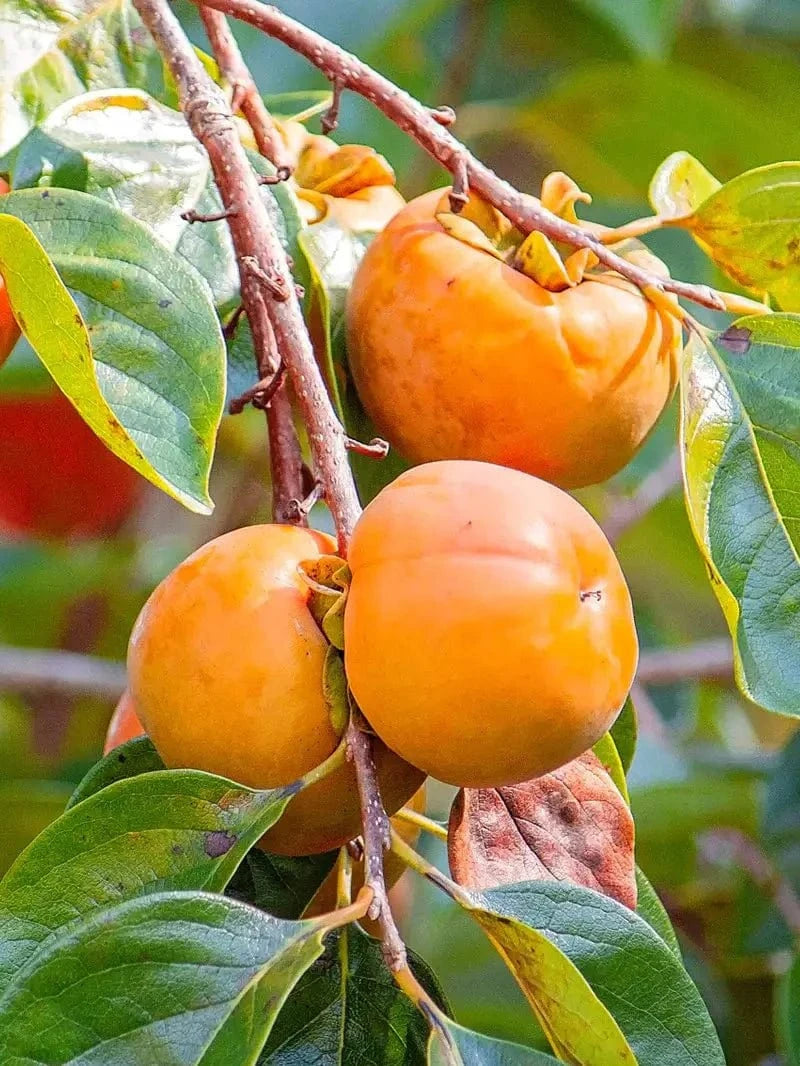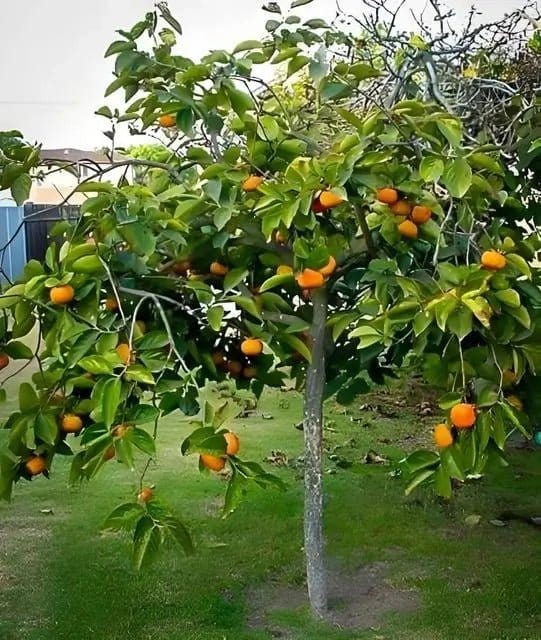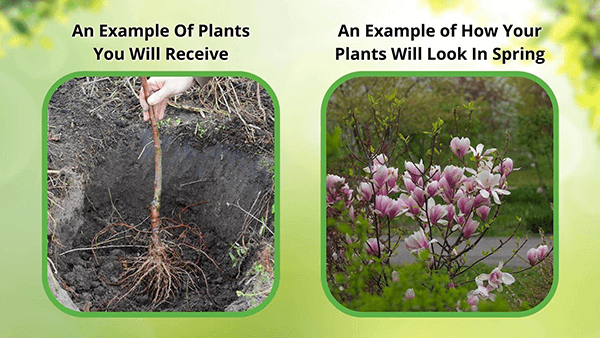Persimmon Tree
Persimmon Tree
| Order | Percentage Discount | ||
|---|---|---|---|
| 2-5 | 25% Off | ||
| 6-10 | 30% Off | ||
| 11-25 | 35% Off | ||
| 26-50 | 45% Off | ||
| 51+ | 65% Off | ||
Couldn't load pickup availability
5-7 Days
Under 25 Feet
Full Sun
4-9
Fruit
Bare-root
CA
Persimmon Tree - Diospyros Kaki
Consider adding a persimmon tree to your landscape if you want an attractive and unique addition. The tree is perfect for any garden or yard with its stunning autumn foliage and delicious fruit. Here's what you must know about this splendid tree.
Tree Appearance
The tree is a medium-sized tree that can reach up to 60 feet tall. Its bark is gray and smooth, and its leaves are oval-shaped with pointed tips. In the Fall (End of October), the leaves turn an attractive shade of orange or red, making the tree a stunning sight in any landscape.
The Fruit Of The Persimmon Tree
One of the main draws of the tree is its delicious fruit. The fruit is typically round or oval-shaped and can vary in color from yellow to orange to red. They are known for their sweet, juicy flesh, which can be eaten fresh or used in various recipes, including jams, jellies, and baked goods.
Growing Conditions
The trees are easy to grow and thrive in various climates. They prefer well-drained soil and full sunlight but can also tolerate some shade. The trees are hardy in U.S.D.A. zones 7 through 10.
Tree Care
Water your tree regularly during the growing season to keep it healthy and productive. Pruning is also essential; it can help shape the tree and promote fruit production. It's also necessary to protect the tree from pests and diseases, which can harm the fruit and even kill the tree. With its stunning appearance and delicious fruit, the persimmon tree is an excellent choice for any landscape. Whether you're an avid landscaper or just looking for a unique addition to your yard, the tree will impress. So why not add one to your landscape today?
The tree is an excellent plant to grow, both for its aesthetic value and for its delicious fruit. The tree was valued by early American settlers and Natives for its hardy nature. It can survive low winter temperatures, the American variety, as low as unfavorable twenty-five degrees Fahrenheit, and the fruit continues to hang on to the tree well into the winter months. The tree itself is beautiful. It has oblong, dark green leaves that orange nicely in autumn. The bark is dark and forms square blocks resembling a crocodile's skin.
The fruit is bright orange with smooth skin. It has soft flesh and, when ripe, is sweet and similar to apricot in taste. Wood from the tree is both decorative and resilient. It is a tree that is particular when it comes to planting. It is native to much of the United States, from Florida West to Texas and as far North as Connecticut.
These trees can be grown between growing zones four and nine. The soil is well-drained and slightly acidic, somewhere between six points five and seven points five.
Digging deep when planting them is essential to compensate for their deep taproots. The trees like to be placed in full sunlight. It is necessary to be aware that there are two varieties of the trees, American and Asian. The Asian tree is slightly less resilient, only withstanding winter temperatures as low as zero degrees Fahrenheit.
The Asian type does, however, have its advantage. While an American variety must have both a male and female tree present to produce fruit, the Asian variety can bear fruit on its own. Once planted, both varieties are low maintenance after they have been established. They need plenty of water and may need to be manually watered in dry weather, but they need nearly no pruning when healthy.
This Is How Your Plants Will Look upon Delivery
Bloom/Foliage Color
White
Shipping date depends on the date displayed and chosen when you order from the product's page.
We only accept returns on plants verified dead. If you think your plants have died, we offer a 1 year warranty, please use use this File a Claim Link to verify dead plants and start with return warranty process.









